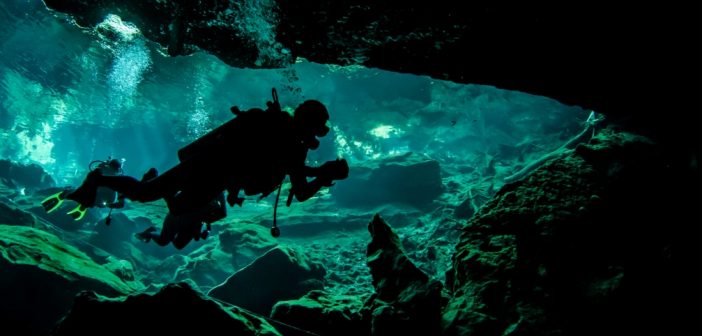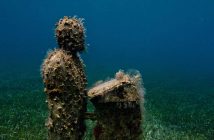Can you imagine a sloth in the Riviera Maya? An elephant or a saber-toothed tiger? As strange as it sounds, about 14,000 years ago, the region of the Quintana Roo state and the Yucatan Peninsula was not the jungle we know today, but an arid, open, dry steppe.
At the end of the Ice Age, different species of animals known for their size as mega-fauna: camels, horses, elephants, giant armadillos, saber-toothed tigers and sloth bears, inhabited this steppe.
This discovery is the result of research carried out over more than 10 years by a team of about 30 underwater archaeologists and anthropologists from the Institute of Prehistory of America, an organization created under the auspices of the National Institute of Anthropology and History (INAH), with the support of the Desert Museum, and the National Autonomous University of Mexico (UNAM), all Mexican institutions dedicated to research and science dissemination.
Thanks to research carried out in 9 underwater sites: 2 in Yucatan and 7 in Quintana Roo, the rests of nearly a dozen human beings who lived in the caverns of the region, have been discovered. These humans from the Late-Holocene Pleistocene (at the end of the last ice age) are called Preceramic. They used to live and develop their social activities inside these caves.
Among the Riviera Maya cenotes been explored are ‘Dos Ojos’, ‘Jaguar’, ‘Nicte-Ha’, and ‘Maya Mystery’.
The oldest bones found belong to Naia, remains of a teenage woman with 12,000 to 13,000 years old; The Woman of Naharon, 11,600 years old, named after the system of tunnels and cenotes where her remains were found; The Woman of the Palms, 10,000 years old; And The Chan Hol Boy, 10,000 years old.
The discovered remains already been studied can be seen in the Museo de la Prehistoria de America (Museum of the America Prehistory) located in Tulum, inside the Cenote “Dos Ojos”.






